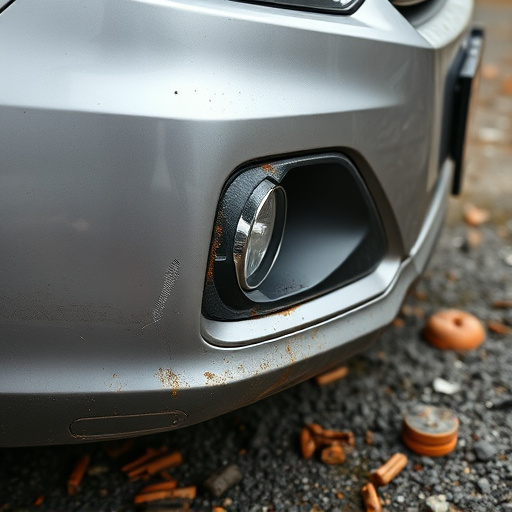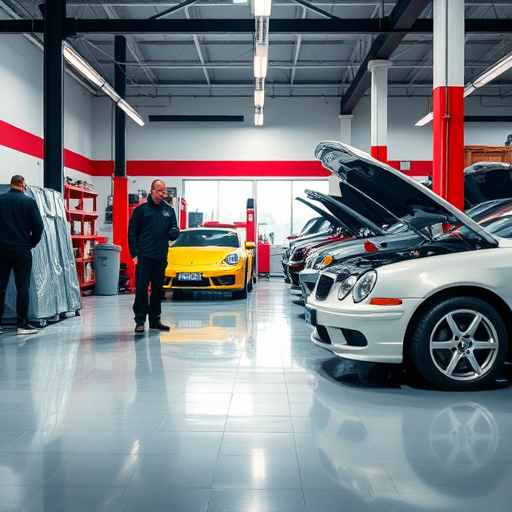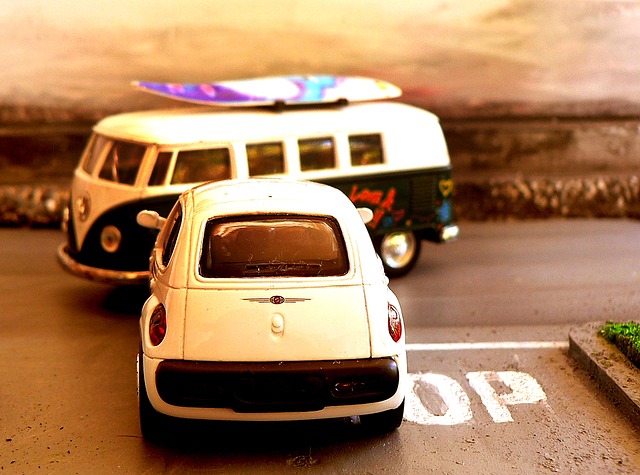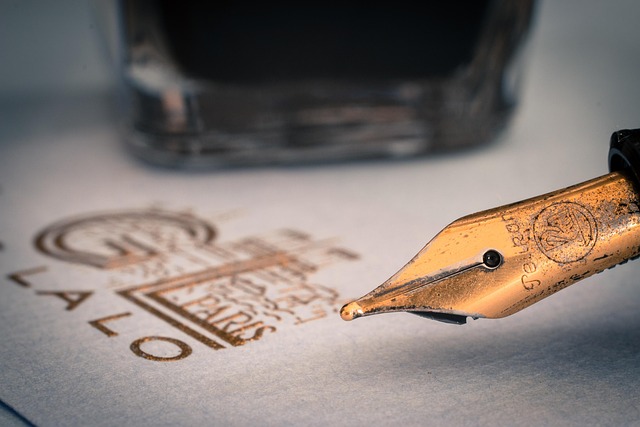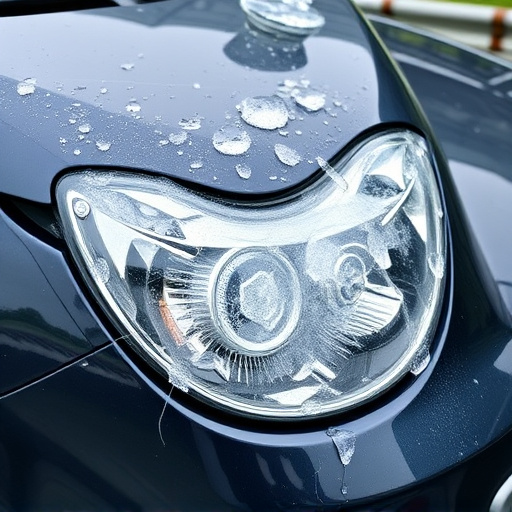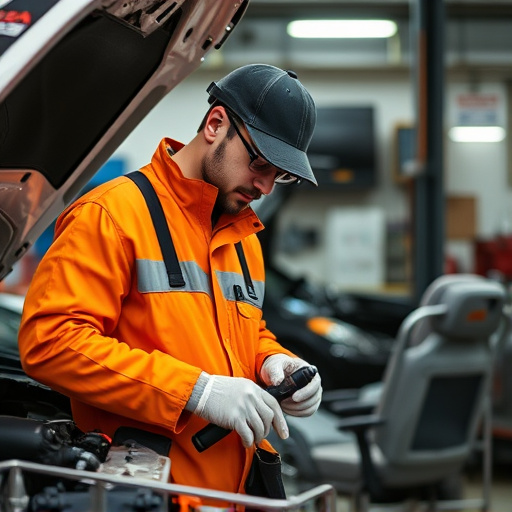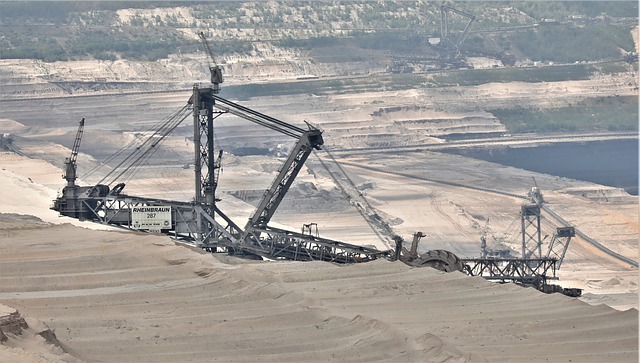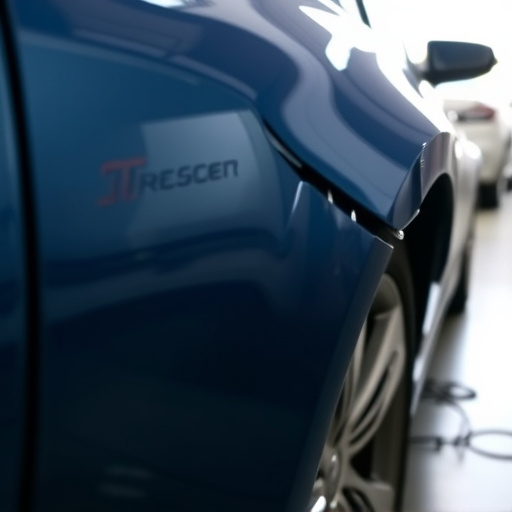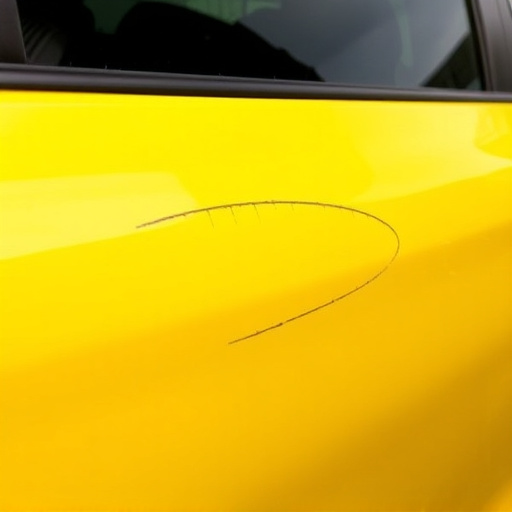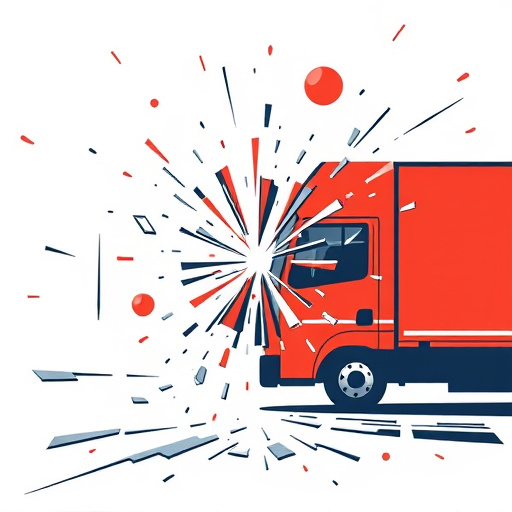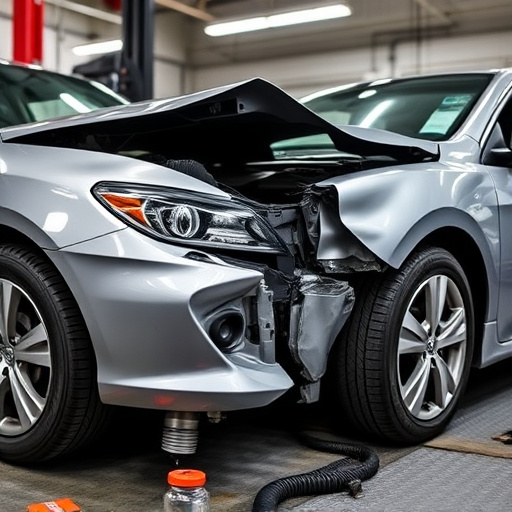After an accident, thoroughly inspect your Tesla home charger for damage like dents, cracks, and frayed cables. Consult professionals for specialized assessment and repairs to ensure safety and reliable charging post-collision. Regular cable maintenance is crucial for optimal charging performance and enhancing your Tesla ownership experience. Meticulous reinstallation by collision repair specialists guarantees a secure, functional, and safe Tesla home charger after an accident.
After a car accident, inspecting your Tesla home charger is crucial. Assess any damage to ensure safe and optimal performance before recharging. This article guides you through evaluating the condition of your Tesla home charger and cables post-accident. Learn essential maintenance tips for cable inspection and discover critical safety measures during reinstallation. By following these steps, you’ll ensure a seamless and secure charging experience for your electric vehicle.
- Assessing Damage to Tesla Home Charger After an Accident
- Inspecting and Maintaining Cables for Optimal Performance
- Safety Measures When Reinstalling Your Tesla Home Charger
Assessing Damage to Tesla Home Charger After an Accident
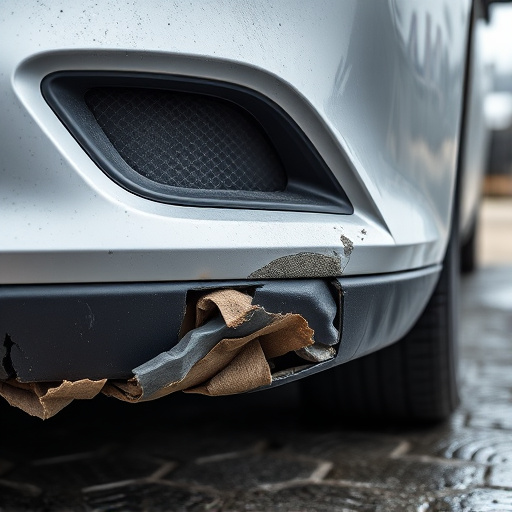
After a collision, assessing the damage to your Tesla home charger is crucial. The impact can cause various issues, from cosmetic dents to more severe structural problems that affect its functionality. Inspect the charger for any visible signs of damage, such as bends, cracks, or loose connections. These could indicate compromised integrity and safety. Pay close attention to the cable connections; damaged or frayed cables are a common issue post-accidents and can pose significant risks when recharging your vehicle.
If you suspect any harm to the internal components or the charger fails to function properly after an accident, it’s best to consult a professional. A luxury vehicle repair shop with expertise in Tesla models will have the specialized tools and trained technicians needed to conduct a thorough inspection and perform necessary repairs, ensuring your home charger is safe and reliable for future use.
Inspecting and Maintaining Cables for Optimal Performance
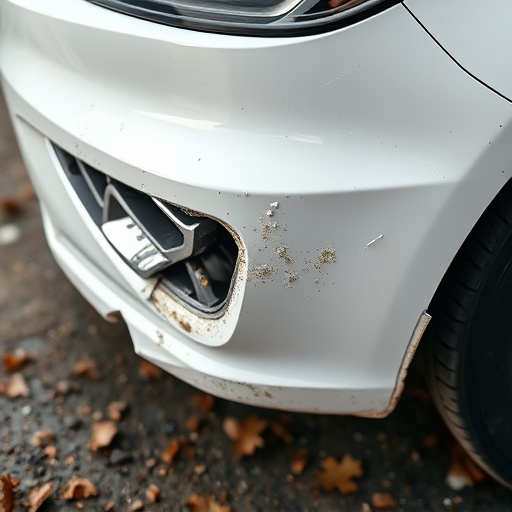
When addressing a Tesla home charger after an accident, inspecting and maintaining the cables is a crucial step for optimal performance. Cables play a vital role in ensuring your electric vehicle (EV) charges efficiently, and any damage or wear can compromise this process. Before reconnecting your Tesla home charger, carefully examine the cables for signs of fraying, cuts, or exposed wires. These issues could not only affect charging speed but also pose a safety hazard.
Regular maintenance involves keeping the cables clean and free from debris, ensuring proper routing to prevent tangling, and inspecting them for any signs of degradation. As part of vehicle restoration after an accident, addressing cable condition is essential. This simple step can ensure your Tesla home charger functions seamlessly, providing a reliable charging solution for your luxury vehicle repair needs, ultimately enhancing your overall driving experience.
Safety Measures When Reinstalling Your Tesla Home Charger
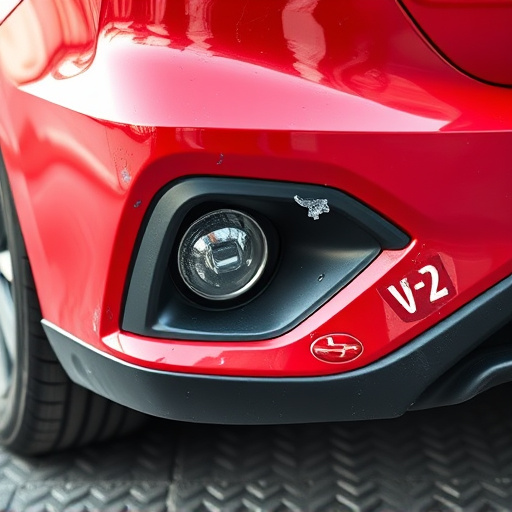
When reinstalling your Tesla home charger after an accident, safety should be your top priority. It’s crucial to inspect the charger and its cables thoroughly for any signs of damage or wear. A collision repair shop specializing in luxury vehicle repair can assist in this process, ensuring that all components are in optimal condition before reassembly. They will check for cracks, dents, or frayed wires, replacing any damaged parts to prevent future safety hazards.
Proper installation is key to maintaining the charger’s functionality and your peace of mind. Auto body repairs experts will ensure the charger is securely fastened, aligning it correctly with your Tesla’s electrical system. By following these safety measures, you can have confidence in the restored state of your home charging station, knowing it meets the highest standards for both performance and safety after an accident.
In light of the above discussions, it’s clear that proper care and inspection are vital after an accident involving a Tesla home charger. Regular cable maintenance ensures optimal performance and safety. When reassembling, prioritize safety measures to prevent future hazards. Remember, a thorough inspection post-accident can safeguard your electric vehicle charging system and enhance overall efficiency.
